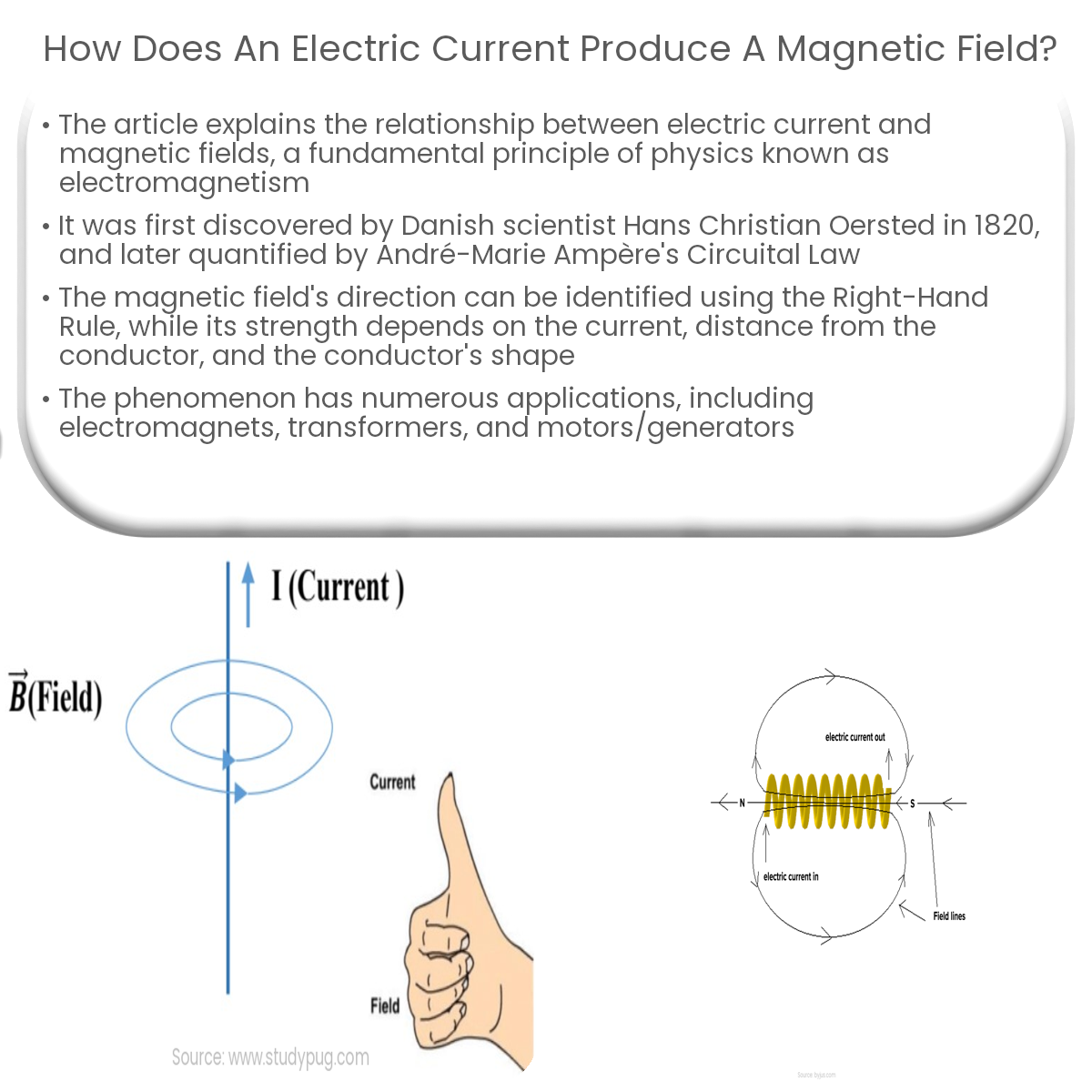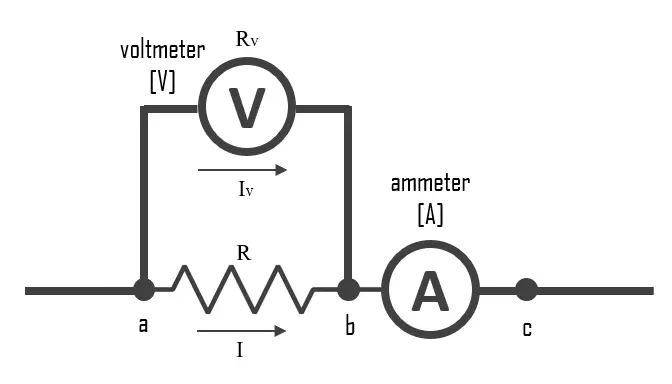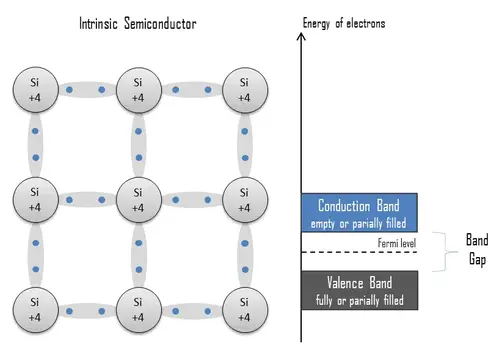Electric currents produce magnetic fields as electrons flow through a conductor, creating a magnetic field around it, known as electromagnetism.
Electric Current and Magnetic Fields
An electric current flowing through a conductor produces a magnetic field around it. This phenomenon, known as electromagnetism, is a fundamental principle of physics and forms the basis of many electrical and electronic devices. In this article, we will explore how electric currents generate magnetic fields and the principles that govern this interaction.
Oersted’s Discovery
The connection between electric currents and magnetic fields was first discovered by Danish scientist Hans Christian Oersted in 1820. Oersted found that when an electric current flowed through a wire, it created a magnetic field around the wire, causing a nearby compass needle to deflect. This groundbreaking discovery laid the foundation for the study of electromagnetism.
Ampere’s Circuital Law
Following Oersted’s discovery, French mathematician and physicist André-Marie Ampère formulated a law that quantified the relationship between electric current and magnetic field. Known as Ampere’s Circuital Law, it states that the magnetic field along a closed loop surrounding a current-carrying conductor is directly proportional to the net current passing through the loop.
Right-Hand Rule
To determine the direction of the magnetic field produced by an electric current, we can use the Right-Hand Rule. Imagine grasping the current-carrying wire with your right hand, with your thumb pointing in the direction of the current flow. Your fingers will naturally curl around the wire, indicating the direction of the magnetic field lines.
Factors Affecting Magnetic Field Strength
The strength of the magnetic field generated by an electric current depends on several factors:
- Current: The strength of the magnetic field is directly proportional to the current flowing through the conductor.
- Distance: The magnetic field strength decreases as the distance from the conductor increases.
- Conductor Shape: The shape of the conductor affects the distribution of the magnetic field lines. For example, a tightly wound coil, called a solenoid, produces a stronger and more uniform magnetic field than a straight wire.
Applications
The ability of electric currents to produce magnetic fields has numerous practical applications, including:
- Electromagnets: Devices that generate a temporary magnetic field when an electric current is applied, used in a wide range of applications such as lifting heavy objects, separating magnetic materials, and controlling the movement of machinery.
- Transformers: Electrical components that transfer energy between two or more circuits through electromagnetic induction, allowing for voltage conversion and isolation.
- Motors and Generators: Devices that convert electrical energy into mechanical energy or vice versa through the interaction of magnetic fields and electric currents.




